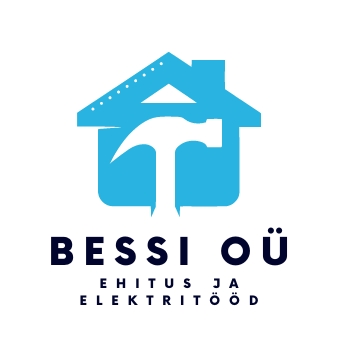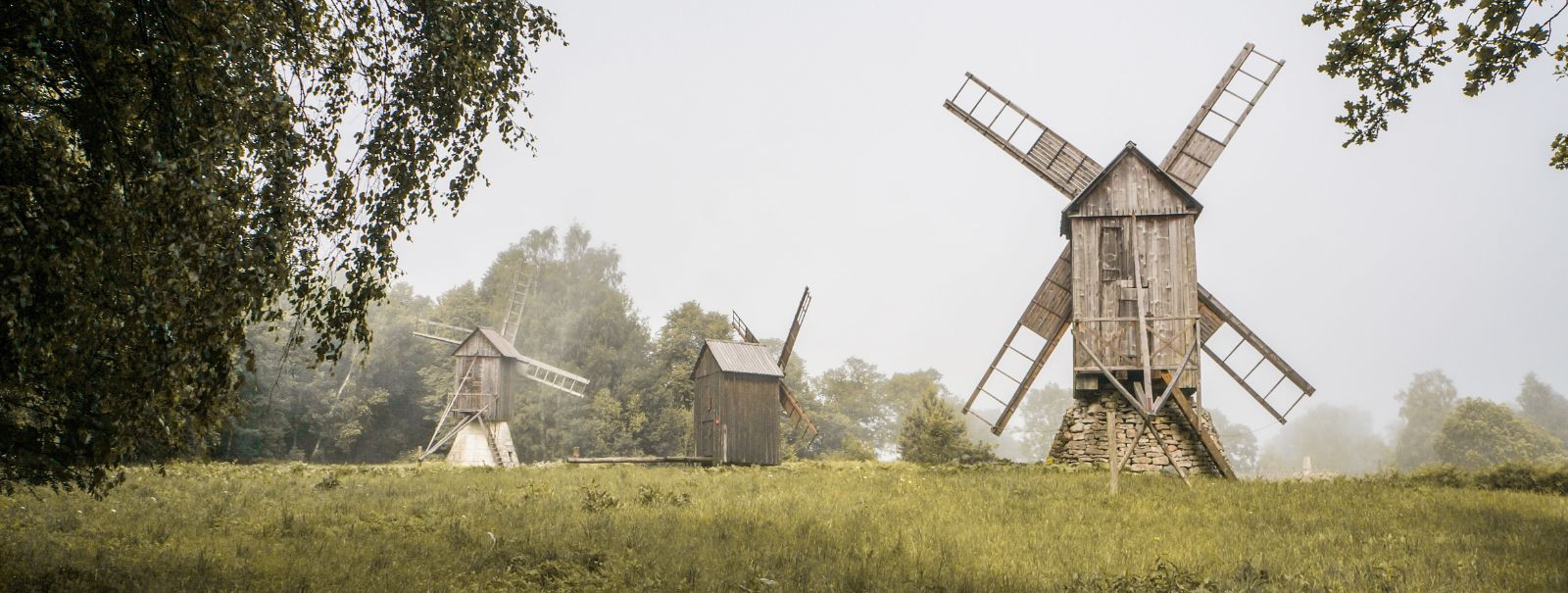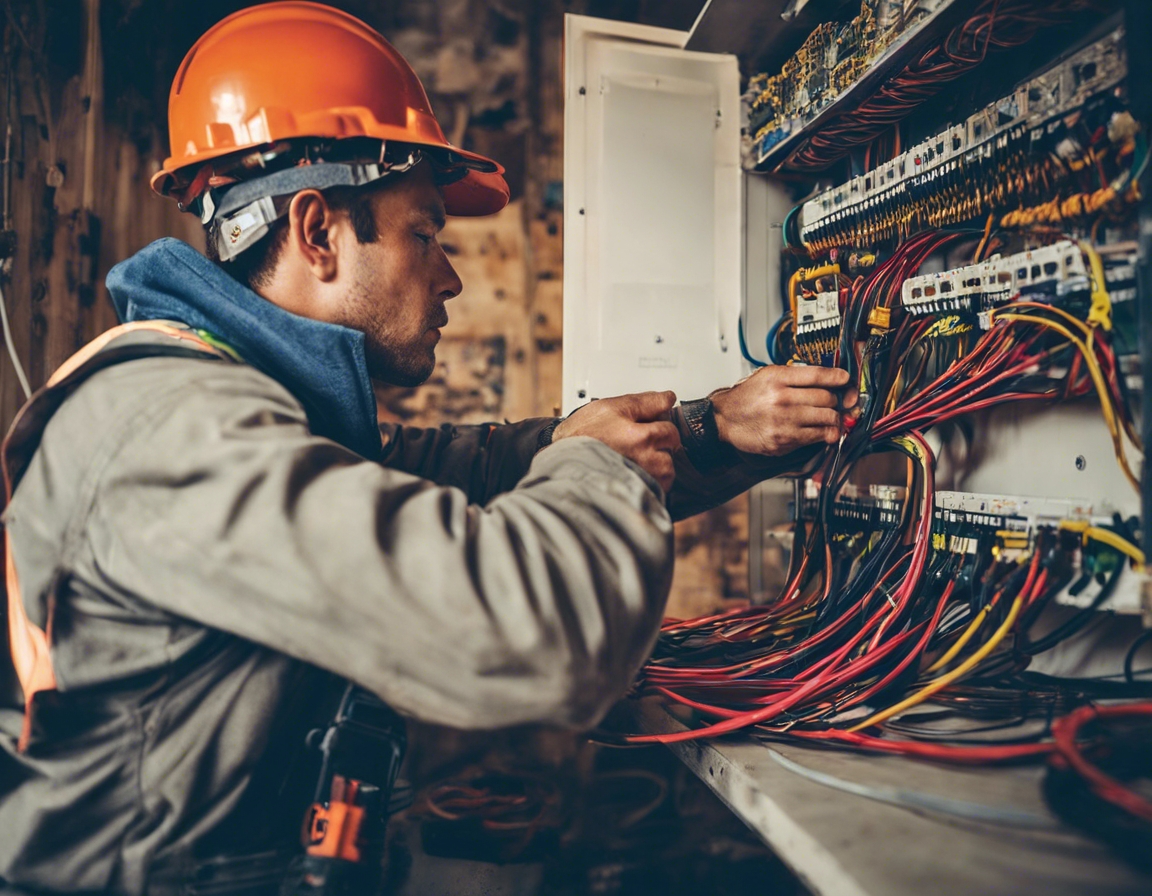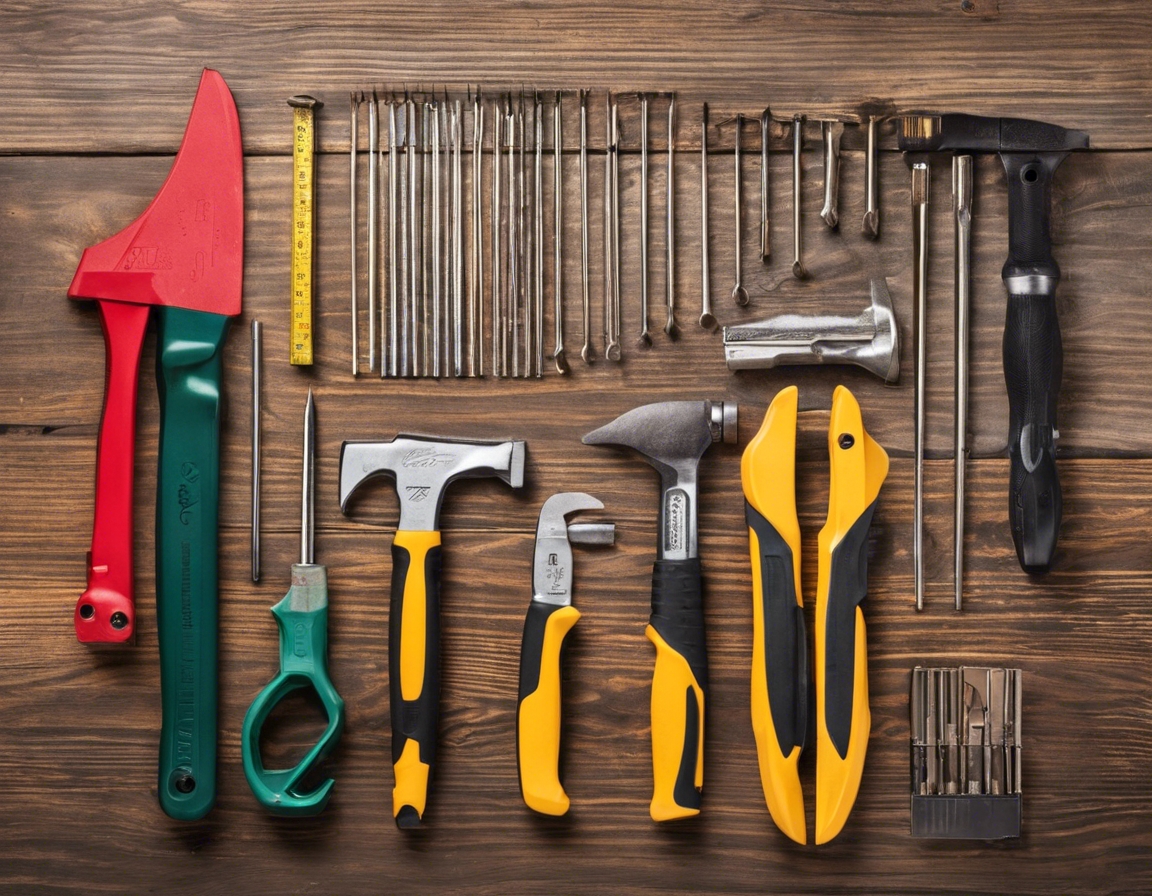The art of restoring historical wind turbines
Wind turbines have been a part of human civilization for centuries, serving as a testament to the ingenuity of our ancestors in harnessing the power of nature. From grinding grains to pumping water, these historical structures have played a crucial role in the development of sustainable practices long before the term 'renewable energy' became a global focus.
Despite their importance, historical wind turbines face numerous challenges that threaten their existence. Exposure to the elements, technological obsolescence, and a lack of specialized knowledge for proper maintenance and restoration are just a few of the hurdles that must be overcome to preserve these icons of heritage and sustainability.
The Restoration Process
The first step in restoring a historical wind turbine is a thorough assessment of its condition. This involves detailed documentation of its structural integrity, historical significance, and the specific challenges it faces. Such assessments are crucial for developing a restoration plan that is both respectful of the turbine's heritage and technically sound.
Once the assessment is complete, a comprehensive restoration plan is crafted. This plan outlines the necessary steps, timelines, and resources required to bring the wind turbine back to its former glory while ensuring it can operate safely and efficiently in today's world.
Selecting the right materials for restoration is a delicate balance between authenticity and durability. Materials must be sourced that match the original as closely as possible, yet are capable of withstanding modern environmental conditions.
Restoration techniques vary widely depending on the specific turbine and its needs. Skilled craftsmen may employ traditional methods such as timber framing or blacksmithing, while also incorporating modern techniques to improve the turbine's functionality and longevity.
Throughout the restoration process, rigorous quality assurance measures are implemented. This includes testing of materials and components to ensure they meet the high standards necessary for a historical structure that is also expected to perform reliably as a modern energy source.
The Role of Modern Technology in Restoration
Modern technology plays a pivotal role in the restoration of historical wind turbines. Techniques such as 3D scanning and modeling allow for precise measurements and the creation of digital replicas, which serve as invaluable tools during both the planning and restoration phases.
Advancements in materials technology also contribute to the restoration process. Modern composites and treatments can provide enhanced protection against the elements while maintaining the aesthetic qualities of the original materials.
Integrating modern renewable energy technologies into historical wind turbines is a complex but rewarding challenge. It allows these ancient structures to contribute to today's energy grid, bridging the gap between historical preservation and contemporary sustainability.
Sustainable Practices in Restoration
Sustainable restoration practices include recycling and reusing materials wherever possible. This not only reduces the environmental impact of the restoration project but also helps to maintain the historical authenticity of the wind turbine.
Energy efficiency is a key consideration in the restoration of historical wind turbines. Careful planning and design ensure that once restored, the turbines operate at maximum efficiency, contributing to the sustainability goals of the project.
Restoration is only the beginning. Long-term maintenance and care are essential to preserving the integrity and functionality of historical wind turbines. Regular inspections and upkeep ensure that these structures can continue to serve as both historical landmarks and functional energy sources for generations to come.
Legal and Ethical Considerations
Restoring historical wind turbines often involves navigating a complex web of regulations and permits. It is essential to understand and comply with local, national, and international laws to ensure that restoration efforts are legally sound and respectful of the turbine's historical status.
Maintaining the authenticity and integrity of historical wind turbines is at the heart of any restoration project. This involves making decisions that honor the original design and purpose of the turbine while adapting it to meet modern standards and expectations.






Comments (0)